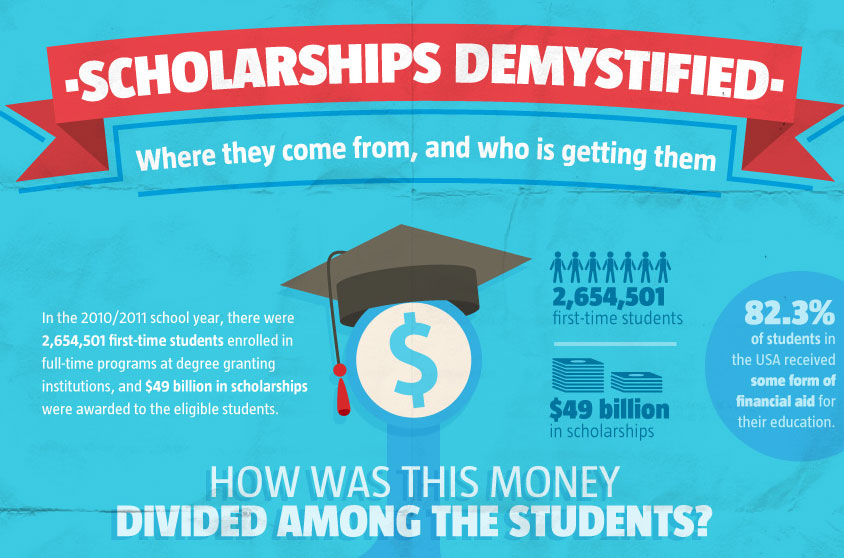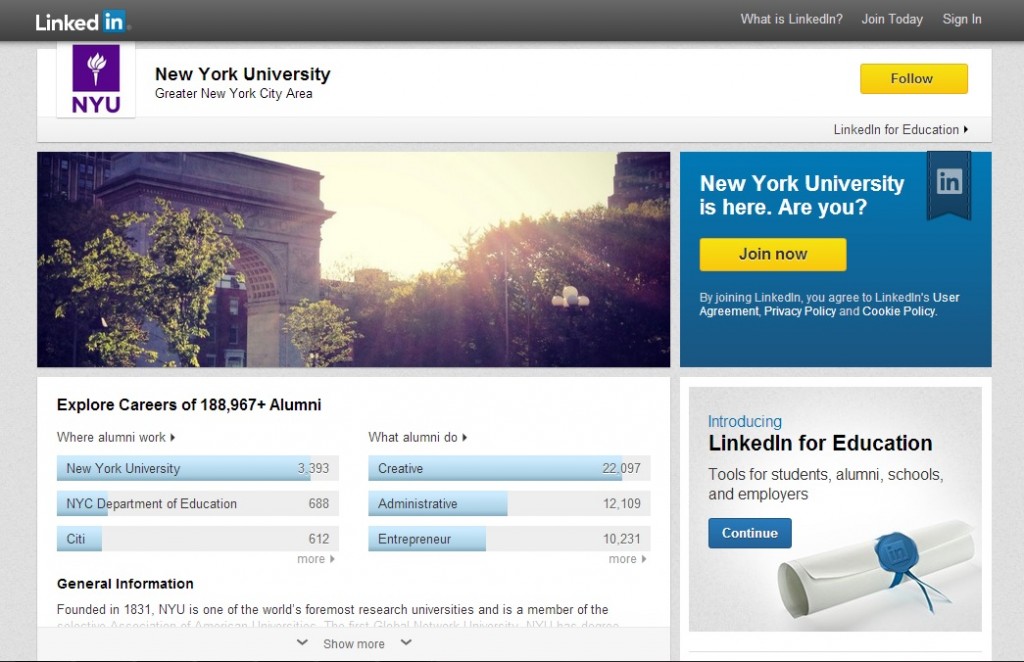 If you or your child has been in the public school system in the last 30 years you’re familiar with the phrase–just say no. From first grade on, those words have been pounded into the heads of kids giving them an answer to anyone who offers them drugs or any other form of abuse. It’s not the answer sometimes that’s important, as much as the attitude behind the response.
If you or your child has been in the public school system in the last 30 years you’re familiar with the phrase–just say no. From first grade on, those words have been pounded into the heads of kids giving them an answer to anyone who offers them drugs or any other form of abuse. It’s not the answer sometimes that’s important, as much as the attitude behind the response.
Research shows that kids who have a good relationship with their parents are less likely to pursue a life of abuse. The drug awareness programs give parents some guidelines they say will help. They instruct parents to do several things and lead us to believe that if we follow those rules, our kids are less likely to succumb to peer pressure.
Their suggestions have merit. But the bottom line is that most kids, no matter how strong they appear or how great their relationship is with their parents, are going to find themselves in a situation where just saying “no” is not enough. Just saying “no” will be met with teasing, pressure, and even ridicule. It’s your job as a parent to prepare them for that moment.
Educate your kids about abuse.
You should be the one to give your kids all the information they receive about the consequences of drug use. Don’t use scare tactics. That never works. There’s not one kid alive who actually believes that if he tries a drug once, it will kill him; although, it can and has in many instances. They see themselves as invincible. Give them facts. If you’ve done your job and they trust you, they will listen and when the time comes, remember what you’ve said.
Prepare them for the worst case scenario.
Tell them it’s going to happen. Give them some suggestions on how to handle the situation. Assure them that no matter what happens, you will be there for them. You want them to tell you everything; no matter what decision they choose to make. Let them know they can call you, anytime, day or night, to come and rescue them and you will be there in a heartbeat.
Keep the lines of communication open.
Make sure your kids know they can tell you anything, and they won’t be judged. Kids tend to keep things from their parents; that’s just part of being a kid. Let them know that, no matter what they do, you will love them. You may not love their behavior, but everyone makes mistakes. Everyone messes up and does things they are ashamed of. Make it easy for them to tell you about those bad choices, so you can help them make the right ones the next time.
Before they leave for college have a conversation.
Your kids have listened to everything you have told them over the years. But this is a time to remind them that they have options. Talk about the drinking culture on campus. Discuss the “hooking up” culture and sexual abuse. Bring up the subject of drug abuse. You may need to do a little research before you tackle this conversation because your kids are aware, or have been confronted, with abuse throughout high school.
What do you do if the worst happens?
Consider this scenario and prepare yourself for a response. Your daughter goes to a fraternity party. It goes without saying that there is going to be underage drinking and drug use. (If you don’t face this fact, you are in denial). Someone brings Ecstasy to the party and is passing it out freely. If you’ve done your job as a parent, she knows what Ecstasy does to her brain and how it affects her body. The girl that’s willing to share is her best friend. She tells her that it’s supposed to make you feel “all warm inside” and tells her no one will know. She tells her that by the time she gets home, the high will have worn off and if she doesn’t like it, she doesn’t ever have to do it again. She reminds her that you can’t judge if you haven’t tried it. So against all the knowledge you’ve given her about the effects of drugs, she takes the pill. Then, in a conversation about college and how she’s doing, she tells you what she did.
Be prepared for a response. Just saying “no”, wasn’t enough. She’s going to need an understanding parent who doesn’t judge, but reminds her there are consequences to every decision. This is an opportunity for a life lesson. You may not be able to be with her 24/7 but your words will be. The next time, she will hopefully think twice about making such a dangerous decision.










